Underground Air Storage: Renewable Energy's Hidden Battery
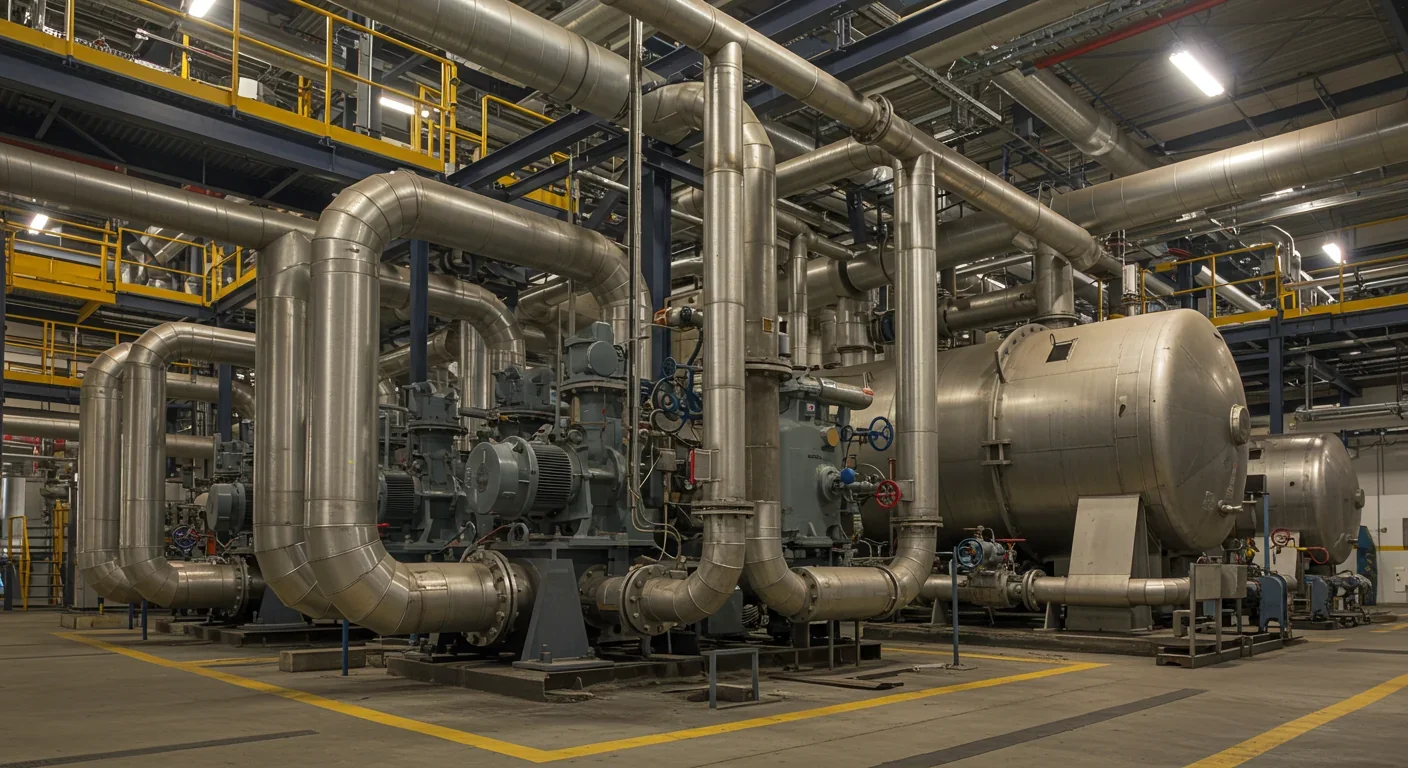
TL;DR: Enzymatic recycling is breaking through fashion's biggest barrier: separating blended fabrics. Using specialized enzymes, companies can now selectively dissolve cotton while preserving polyester, enabling true circularity for the billions of cotton-polyester garments that previously ended in landfills.
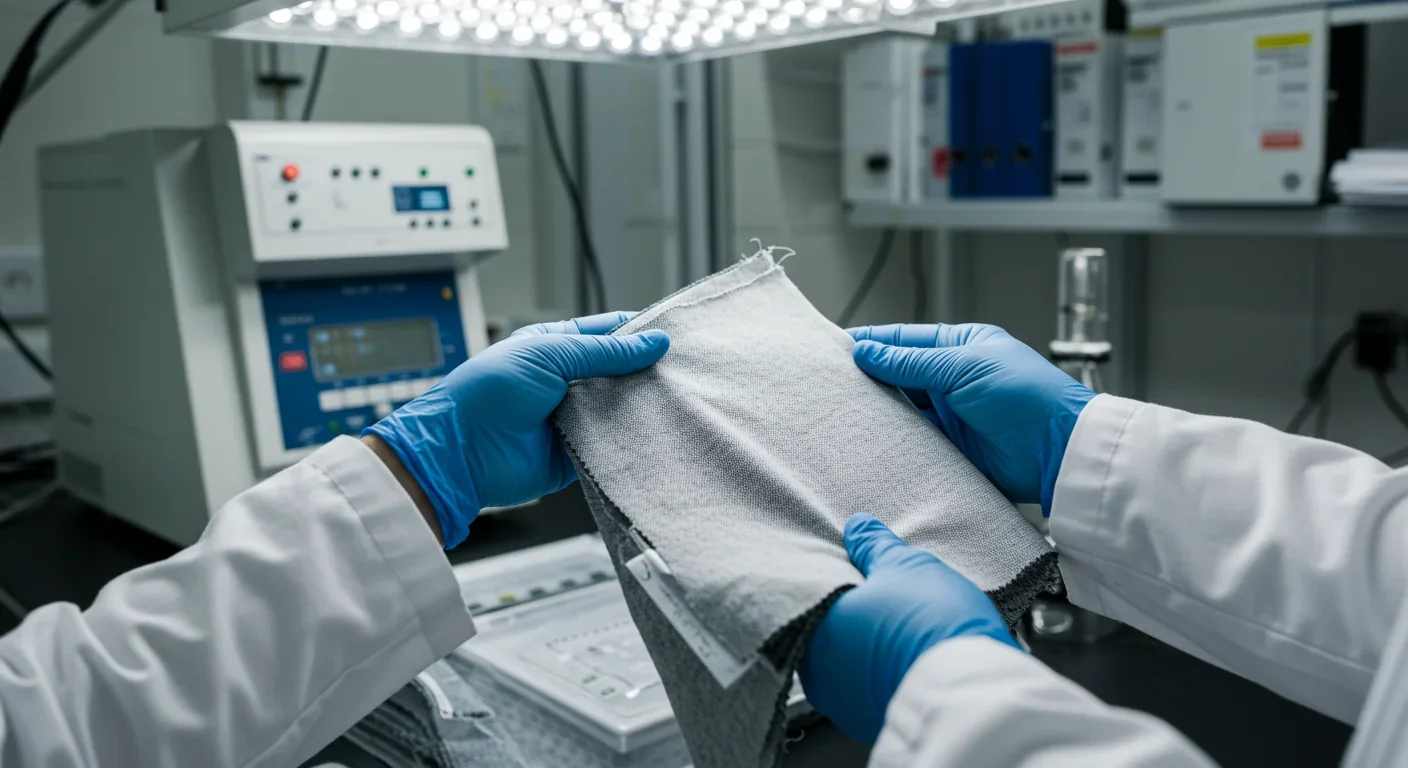
By 2030, the European Union expects 65% of all textile waste to be recycled. That's a bold target for an industry that currently recycles less than 1% of clothing into new textiles. The bottleneck? Blended fabrics. While pure cotton or polyester can be recycled through established methods, the billions of garments made from cotton-polyester mixes have been virtually impossible to separate—until now. Enzymatic recycling is emerging as a breakthrough technology that can selectively digest one fiber type while leaving the other intact, potentially transforming fashion's $1.5 trillion waste problem into a circular resource.
Every year, the global fashion industry generates over 100 million tonnes of textile waste. That's roughly equivalent to a garbage truck full of clothes being dumped or burned every second. The sheer volume would be challenge enough, but the composition of modern textiles makes recycling exponentially harder.
Walk into any clothing store and pull out a care label. Chances are high you'll see something like "60% cotton, 40% polyester." These blends dominate fashion because they combine cotton's breathability and comfort with polyester's durability and wrinkle resistance. Brands love them. Consumers love them. Recyclers? Not so much.
The problem is fundamental chemistry. Cotton is a natural cellulose fiber derived from plants. Polyester is a synthetic polymer made from petroleum. They have completely different molecular structures, melting points, and chemical properties. Traditional mechanical recycling—which shreds textiles into fibers—can't separate the two. Chemical recycling methods designed for pure materials either destroy both fibers or contaminate the output stream. The result is that blended fabrics are typically down-cycled into insulation or industrial rags, or they end up in landfills and incinerators.
This matters because blends aren't a niche product. They represent a massive share of global textile production. The cotton-polyester blend alone is the workhorse of fast fashion, used in everything from t-shirts to bed sheets.
Less than 1% of textile waste is currently recycled into new textiles—the rest becomes lower-value products, gets incinerated, or ends up in landfills.
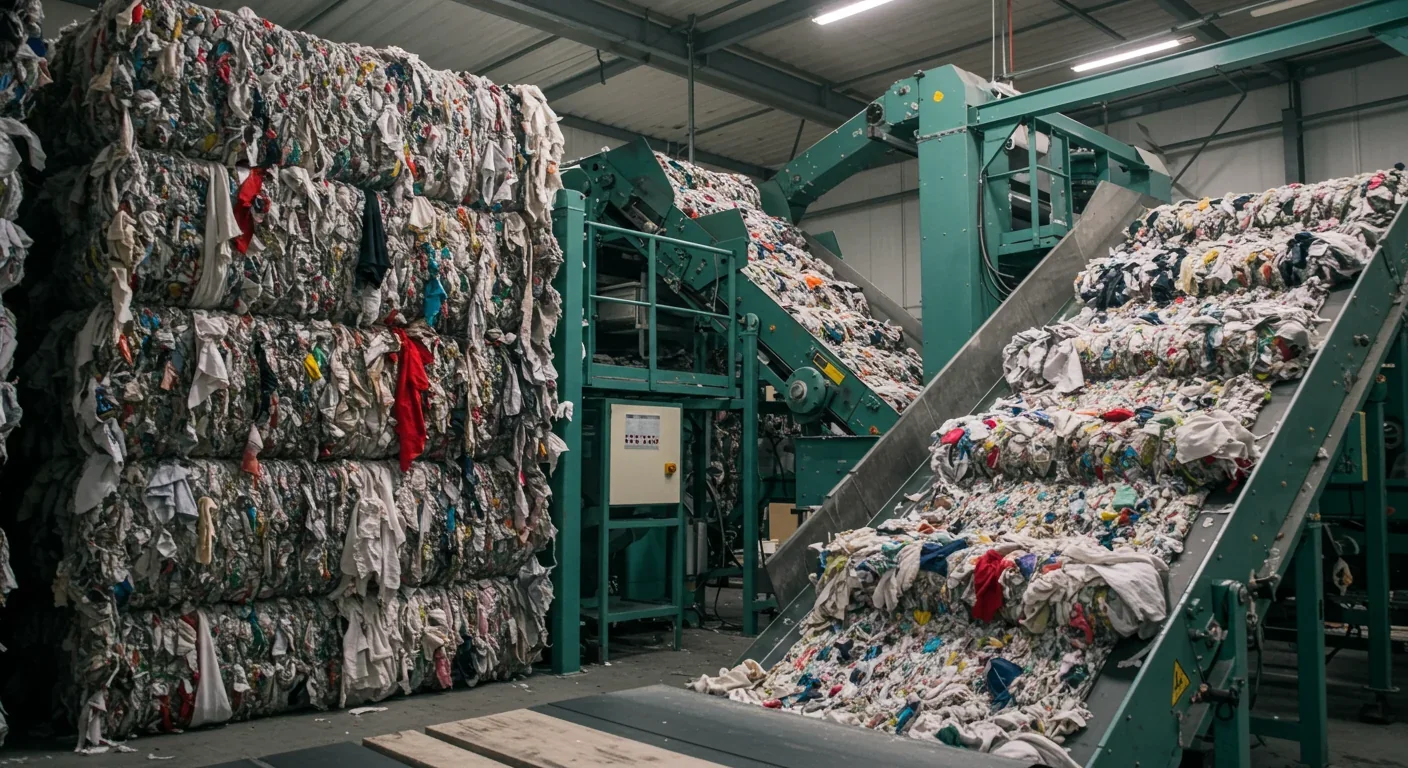
Enter enzymes—the biological catalysts that have been breaking down materials in nature for millions of years. Researchers realized that if they could find or engineer the right enzyme, they could selectively target one component of a blend while leaving the other untouched.
The key breakthrough came with cellulase enzymes, which naturally break down cellulose—the main component of cotton. When researchers at NC State University applied a "cocktail" of cellulases to cotton-polyester fabric, the enzymes chopped up the cotton's cellulose bonds while leaving the polyester fibers completely intact.
The process is remarkably gentle. It operates at about 50°C—roughly the temperature of a hot washing machine—in a mildly acidic solution similar to vinegar. Compare that to conventional chemical recycling of polyester, which requires temperatures between 200-300°C. Within 48 hours, the cotton in a blended fabric is reduced to a glucose-rich syrup and small fiber fragments, while clean polyester fibers remain behind, ready for filtration and reuse.
"This is a mild process—the treatment is slightly acidic, like using vinegar—and we also ran it at 50 degrees Celsius, which is like the temperature of a hot washing machine."
— Dr. Sonja Salmon, NC State University
What makes this particularly elegant is that both outputs have value. The recovered polyester maintains virgin-quality properties and can be recycled indefinitely. The glucose syrup can be fed into anaerobic digesters to produce biofuel, turning what would be waste into renewable energy. Even the residual cotton fragments that resist enzymatic breakdown can potentially serve as strengthening agents in paper manufacturing or composite materials.
For polyester recycling, the process works differently but follows similar principles. Companies like France's Carbios use cutinase enzymes to break down polyester at the molecular level, recovering the original building blocks (monomers) that can then be repolymerized into virgin-quality polyester. Unlike mechanical recycling that degrades fiber quality with each cycle, this enzymatic depolymerization enables true circularity—the same molecules can become new fabric indefinitely.
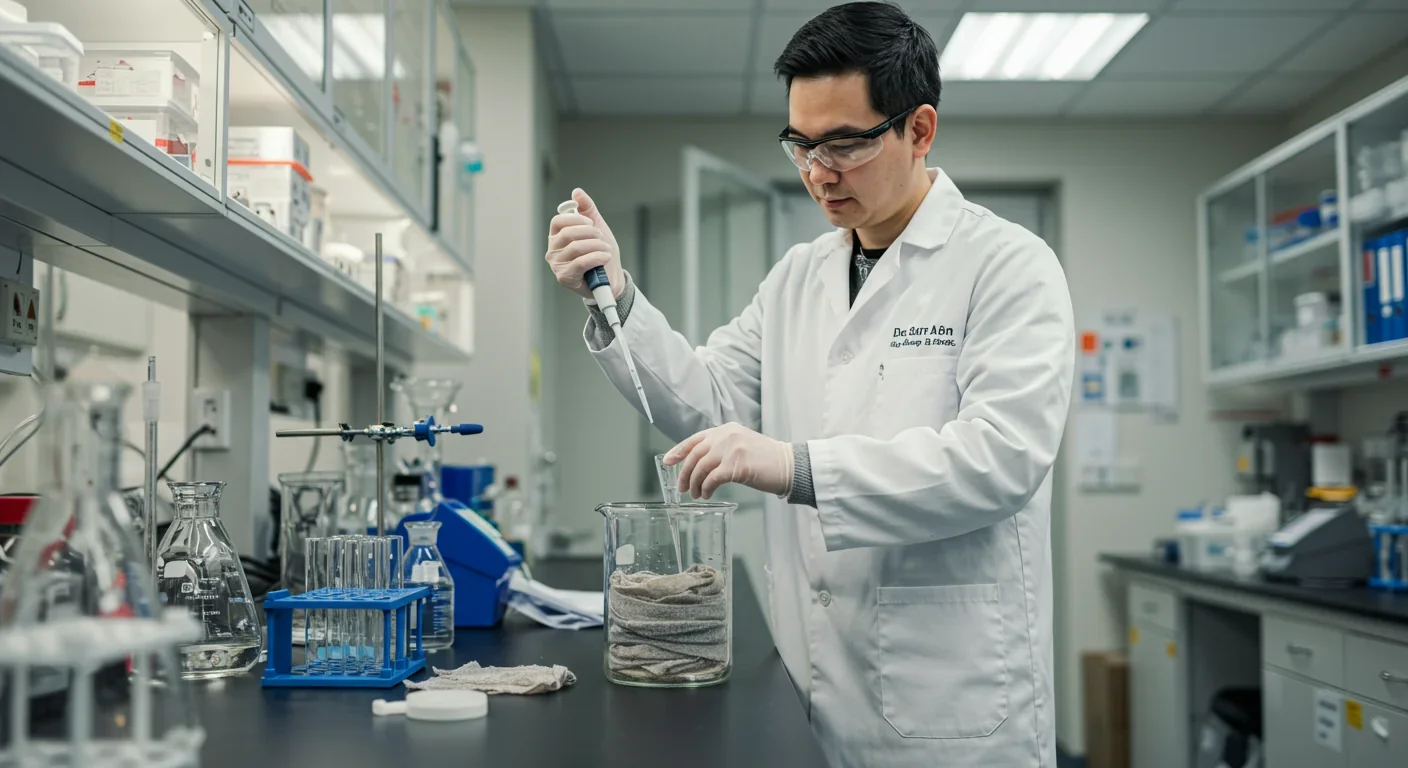
The race to commercialize enzymatic textile recycling is heating up, with players across three continents developing distinct approaches.
Carbios (France) is perhaps the best-known enzymatic recycling company. Founded as a biochemistry startup, Carbios has developed proprietary cutinase enzymes that break down polyester in blended fabrics. The company has partnered with major brands including On, Patagonia, PUMA, and Salomon to develop solutions that enhance product recyclability from the design stage. Carbios produces its enzymes via a partnership with Novozymes, one of the world's largest industrial enzyme manufacturers, and is building out production capacity to handle industrial volumes.
Samsara Eco (Australia) launched in 2020 with backing from Main Sequence and Woolworths Group. The company's proprietary EosEco™ enzymes can recycle polyester, nylon 6, and blended textiles into reusable materials. In 2024, Samsara collaborated with Lululemon to produce a sold-out Anorak jacket made from recycled blended textiles, demonstrating market viability. The company's commercial innovation hub in Jerrabomberra, New South Wales is due to open mid-2025, and it's targeting late 2026 for the world's first nylon 6,6 enzymatic recycling facility in Southeast Asia, built in partnership with NILIT Ltd.
Renewcell (Sweden) takes a different chemical approach to blended fabrics. Rather than using enzymes, the company developed a patented process that exposes textiles to an alkali solution at high pH, followed by organic solvents to precipitate cellulose. The result is Circulose, a material made from 100% recycled textiles that can replace virgin cellulose in new fabric production. Renewcell established a pilot plant in 2018 and successfully commercialized its products in 2020, though the company filed for bankruptcy in 2024 due to financing challenges—a stark reminder that technical success doesn't guarantee business viability.
Refiberd (United States) is tackling the sorting challenge that precedes recycling. The startup combines AI-driven hyperspectral imaging with robotics to identify fiber composition in used textiles with over 90% accuracy, even in complex, dyed, or worn garments. This automated sorting capability is crucial for feeding pure streams into downstream recycling processes. As CEO Sarika Bajaj explained, the technology can expand "across the textile industry wherever material information is needed, from material flow in manufacturing to counterfeits in resale, and sorting textile waste for recycling."
RE&UP developed a proprietary thermo-mechanical separation process that recovers cotton and polyester from blended fabrics at industrial scale. The process uses minimal water or hazardous chemicals and, according to the company, can cut CO₂ emissions by up to 28%, water use by up to 90%, and land use by up to 75% compared to virgin alternatives.
Major fashion brands are actively partnering with enzymatic recycling companies, signaling that the technology is moving from lab experiment to commercial reality.
The fashion industry is responsible for roughly 10% of global carbon emissions and 20% of global wastewater, according to World Bank data. Virgin polyester production alone generates approximately 2-3 kg of CO₂ per kilogram of fiber produced. Cotton cultivation isn't much better—it takes about 2,700 liters of water to produce a single cotton t-shirt.
Enzymatic recycling offers measurable improvements across these impact categories. Because the process operates at low temperatures (50°C vs. 200-300°C for chemical recycling), energy consumption drops dramatically. Water use also falls significantly, particularly when compared to cotton agriculture. The life cycle carbon footprint is substantially lower than virgin production, though exact figures vary by process and energy source.
Perhaps most importantly, enzymatic recycling enables true circularity rather than down-cycling. Mechanical recycling of textiles typically shortens fibers with each pass, progressively degrading quality until the material can no longer be used for clothing. Enzymatic processes recover the molecular building blocks, meaning the same atoms can become high-quality fabric indefinitely. That's a fundamental shift from a linear "take-make-waste" model to a genuinely circular system.

The glucose syrup byproduct from cotton degradation adds another environmental benefit. When fed into anaerobic digesters, it produces biogas that can offset fossil fuel consumption. This turns what would be a waste stream into renewable energy, closing yet another loop.
Environmental benefits are necessary but not sufficient for widespread adoption. The economics have to work too, and that's where enzymatic recycling faces its biggest challenges.
Currently, enzymatic recycling is more expensive than using virgin materials. The enzymes themselves are costly to produce at scale. The sorting and pre-processing required to prepare textile waste for enzymatic treatment adds labor and infrastructure costs. Collection systems to gather sufficient volumes of post-consumer textiles remain underdeveloped in most regions.
These cost barriers explain why less than 1% of textiles are currently recycled into new textiles. Mechanical recycling, despite its quality limitations, remains the most common method because the infrastructure exists and the economics are more favorable. Chemical recycling can recover higher quality fibers but requires significant capital investment in processing facilities.
Several factors could shift the economic equation. First, enzyme production costs are falling as fermentation technologies improve and scale increases. Carbios's partnership with Novozymes, for instance, brings industrial biotech expertise that can drive down manufacturing costs. Second, regulatory pressure is increasing the cost of virgin production and waste disposal. The EU's Extended Producer Responsibility (EPR) schemes are making brands financially responsible for end-of-life management of their products, changing the calculus around recycling investments.
Third, major brands are signing commitments to use recycled materials, creating guaranteed demand that justifies scaling investments. When Lululemon produces a sold-out jacket from enzymatically recycled fabric, it sends a market signal that consumers will pay for genuinely sustainable products. Fourth, advances in AI-driven sorting (like Refiberd's technology) are reducing one of the major cost bottlenecks—the labor-intensive process of identifying and separating materials.
Still, analysts note that achieving cost parity with virgin materials will likely require both continued technological improvement and policy interventions that reflect the true environmental cost of virgin production.
Even as enzymatic recycling moves from lab to market, significant technical hurdles remain. Dyes present a major complication. The NC State research found that dyed fabrics require additional enzyme doses or longer processing times because the dye molecules partially block enzyme access to cellulose. Dark or heavily dyed textiles are particularly problematic.
Chemical finishes pose an even bigger challenge. Durable-press treatments (those that make fabrics wrinkle-resistant) require an acid or alkali pre-treatment before enzymes can work. Stain-resistant coatings, water repellents, and antimicrobial treatments all interfere with enzymatic activity to varying degrees. Each additional treatment layer in a fabric makes recycling more complex and expensive.
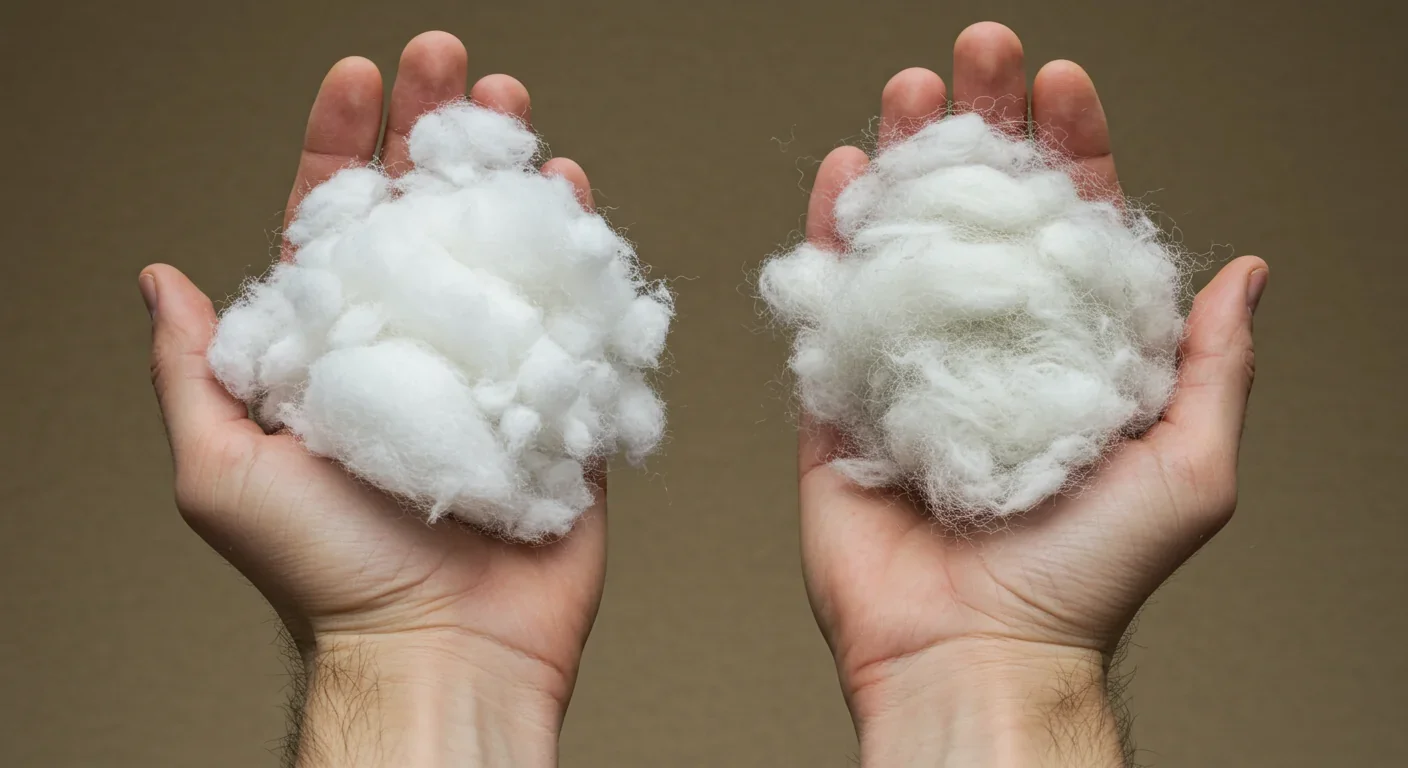
Elastane (spandex) creates another complication. Many modern garments contain 2-5% elastane for stretch, blended with cotton, polyester, or both. Current enzymatic processes don't effectively separate elastane, so these tri-blend fabrics remain difficult to recycle. As one researcher put it, "We're making progress on two-component blends, but the real world throws three, four, or five different materials into a single garment."
Scale-up challenges are also significant. Lab processes that work perfectly with small fabric swatches sometimes fail when applied to industrial volumes. Enzyme efficiency can drop in large-scale reactors. Process economics that look promising in a pilot facility may not pencil out when building commercial plants. Renewcell's bankruptcy despite technical success illustrates how financial and operational challenges can derail even promising technologies.
There's also the issue of textile collection and logistics. Enzymatic recycling only works if sufficient volumes of appropriate feedstock can be gathered, sorted, and delivered to processing facilities. That requires consumer participation in take-back programs, municipal collection systems, and sorting infrastructure that simply doesn't exist at scale in most places yet.
"The industry is one step closer to realizing a truly circular fashion system—one where even the most complex materials can find a second life."
— Morgane Nyfeler, Global Fashion Agenda
Regulatory frameworks are accelerating the shift toward textile recycling. The EU Strategy for Sustainable and Circular Textiles includes ambitious targets for textile recycling by 2030, with the goal of recycling 65% of all textile waste by 2025. Extended Producer Responsibility laws are being implemented across Europe, making brands legally and financially responsible for the entire lifecycle of their products, including end-of-life disposal.
The EU's Ecodesign for Sustainable Products Regulation is pushing brands to design for recyclability from the start, rather than treating recycling as an afterthought. This regulatory pressure creates strong incentives for brands to partner with recycling innovators and invest in circular systems.
Beyond Europe, other jurisdictions are following suit. Several U.S. states are exploring or implementing EPR schemes for textiles. China, the world's largest textile producer and consumer, has included textile recycling in its circular economy action plans.
The fashion industry itself is showing momentum. The Global Fashion Agenda and Textile Exchange have established targets and roadmaps for increasing recycled content. Major brands from H&M to Patagonia have committed to incorporating recycled fibers into their supply chains.
Financial markets are also paying attention. Impact investors and sustainability-focused funds are directing capital toward circular economy solutions, viewing textile recycling as both an environmental imperative and a growth opportunity. Samsara Eco's funding from Main Sequence and German startup matterr's €30 million in state funding exemplify this investment trend.
If current trajectories hold, enzymatic textile recycling could reach commercial viability in the next 3-5 years for certain applications. The timeline breaks down roughly as follows:
2025-2026: First commercial-scale facilities come online. Samsara's Jerrabomberra plant opens mid-2025, followed by its nylon facility in Southeast Asia in late 2026. Several other companies have announced similar timelines for transitioning from pilot to industrial scale.
2027-2029: Economics improve as production scales and enzyme costs fall. Early adopter brands incorporate enzymatically recycled materials into mainstream product lines, not just limited-edition capsule collections. Collection and sorting infrastructure expands in major markets, increasing feedstock availability.
2030-2035: If regulatory targets hold and costs continue declining, enzymatic recycling could capture 10-20% of the textile recycling market. That's still a small fraction of overall textile production, but it represents tens of millions of tonnes of material diverted from landfills and incinerators.
The longer-term potential is more speculative but tantalizing. Some researchers envision a future where textile products are designed with enzymatic recycling in mind from the start—using specific fiber combinations, dyes, and finishes that facilitate rather than hinder enzyme activity. Digital product passports could track each garment's composition, enabling automated sorting and optimized recycling processes.
Others imagine distributed recycling systems where enzymes do the heavy lifting of separation, enabling smaller-scale regional facilities rather than requiring massive centralized plants. The enzymes themselves could become even more versatile, engineered to handle complex multi-fiber blends and chemical treatments that currently confound the process.
Enzymatic textile recycling represents a genuine technological breakthrough addressing a real problem. The science works. The environmental benefits are clear. Companies are commercializing it. Brands are interested. Regulators are pushing.
Yet significant uncertainties remain. Will the economics ever truly compete with cheap virgin materials without sustained policy intervention? Can the technology scale fast enough to make a meaningful dent in the 100 million tonnes of annual textile waste? Will consumer behavior shift to support the collection systems that recycling requires?
The optimistic scenario is that enzymatic recycling becomes one piece—alongside design for longevity, rental and resale models, and mechanical recycling—in a broader transformation of fashion from a linear to circular system. The technology's ability to handle blended fabrics removes a critical bottleneck that has stymied textile circularity for decades.
The pessimistic scenario is that costs remain too high, infrastructure develops too slowly, and fast fashion's economics of disposability prove too entrenched to disrupt. In this outcome, enzymatic recycling remains a niche technology used by premium brands for marketing purposes rather than a mainstream solution.
What's certain is that the current trajectory is unsustainable. When the fashion industry produces 100 million tonnes of waste annually and recycles less than 1%, something has to give. Enzymatic recycling offers a plausible path forward. Whether it's the path we actually take depends on choices made in boardrooms, laboratories, policy chambers, and, ultimately, in our closets.
The enzymes are ready. The question is whether we are.

Lunar mass drivers—electromagnetic catapults that launch cargo from the Moon without fuel—could slash space transportation costs from thousands to under $100 per kilogram. This technology would enable affordable space construction, fuel depots, and deep space missions using lunar materials, potentially operational by the 2040s.

Ancient microorganisms called archaea inhabit your gut and perform unique metabolic functions that bacteria cannot, including methane production that enhances nutrient extraction. These primordial partners may influence longevity and offer new therapeutic targets.

CAES stores excess renewable energy by compressing air in underground caverns, then releases it through turbines during peak demand. New advanced adiabatic systems achieve 70%+ efficiency, making this decades-old technology suddenly competitive for long-duration grid storage.

Human children evolved to be raised by multiple caregivers—grandparents, siblings, and community members—not just two parents. Research shows alloparenting reduces parental burnout, improves child development, and is the biological norm across cultures.
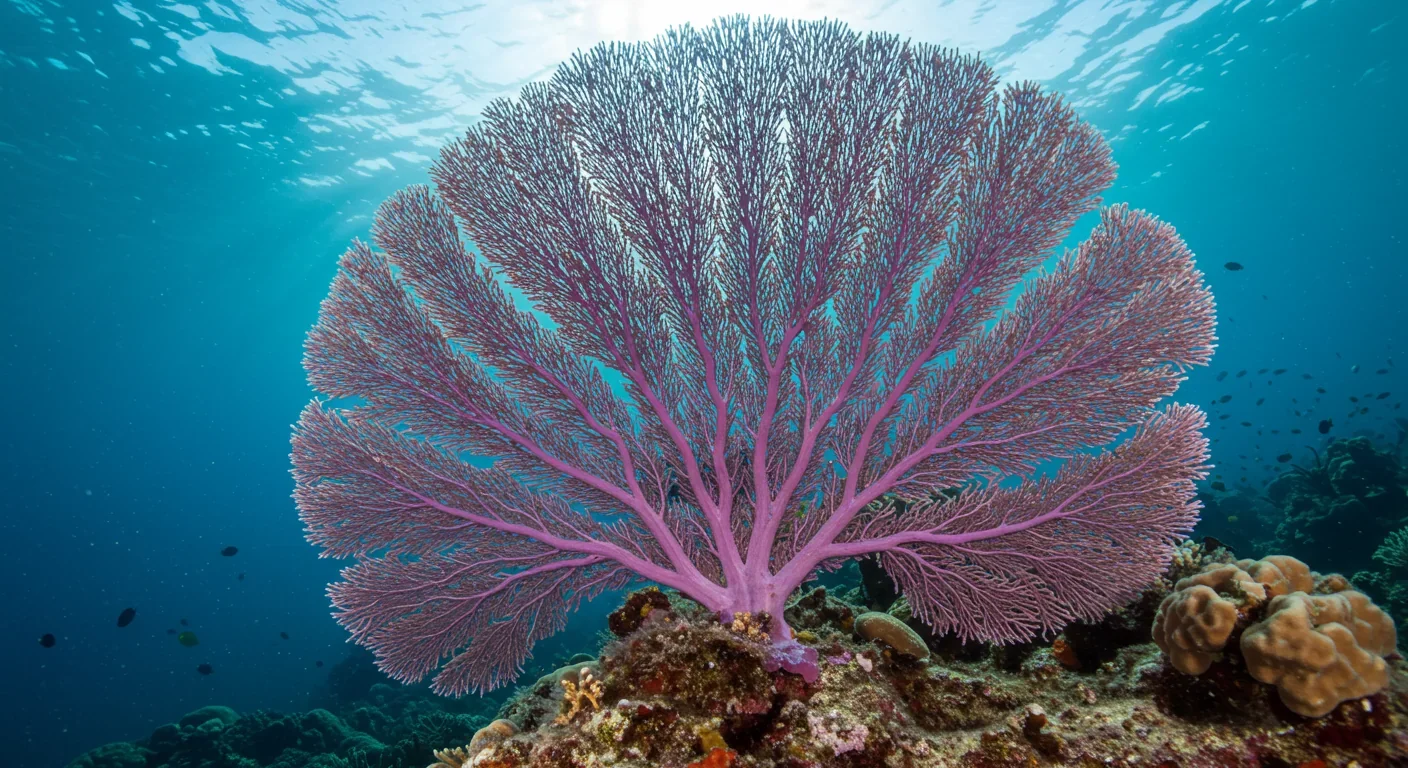
Soft corals have weaponized their symbiotic algae to produce potent chemical defenses, creating compounds with revolutionary pharmaceutical potential while reshaping our understanding of marine ecosystems facing climate change.

Generation Z is the first cohort to come of age amid a polycrisis - interconnected global failures spanning climate, economy, democracy, and health. This cascading reality is fundamentally reshaping how young people think, plan their lives, and organize for change.

Zero-trust security eliminates implicit network trust by requiring continuous verification of every access request. Organizations are rapidly adopting this architecture to address cloud computing, remote work, and sophisticated threats that rendered perimeter defenses obsolete.